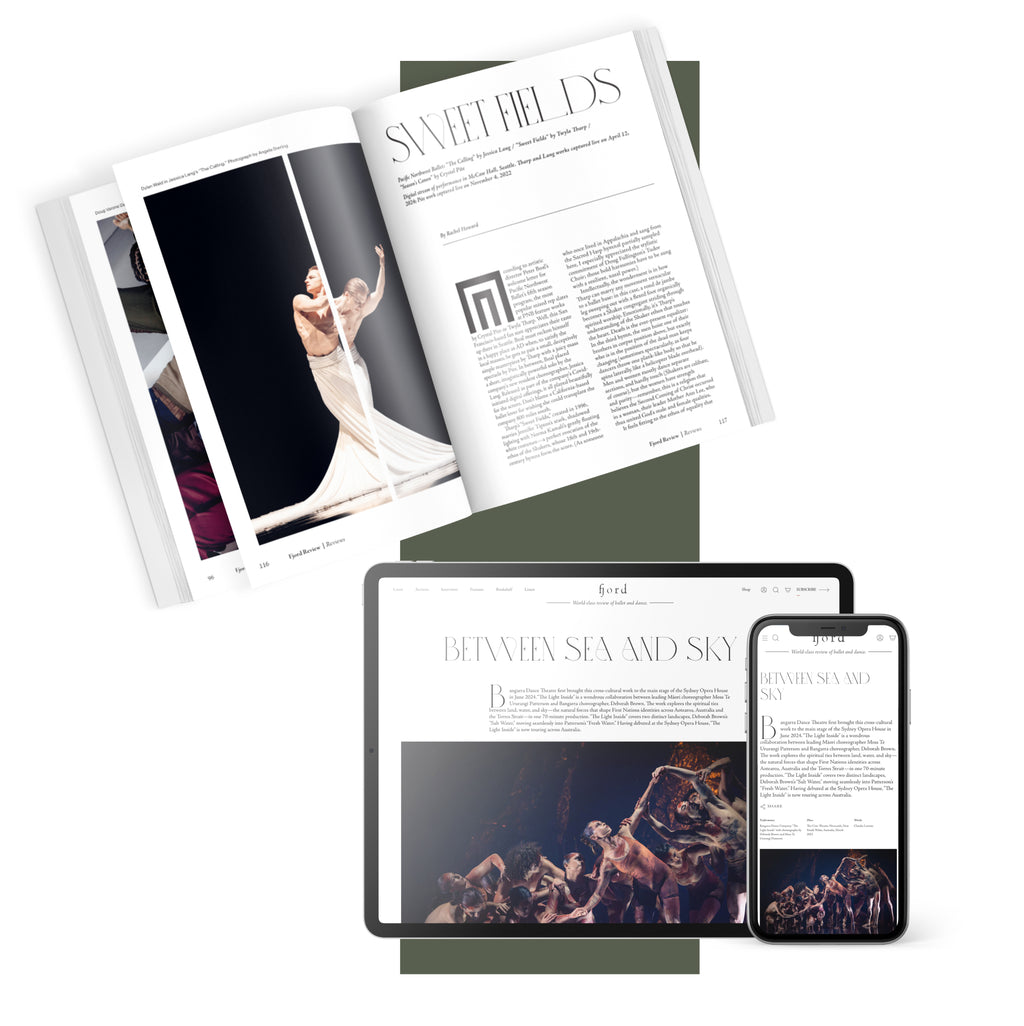Float like a Butterfly
Sans tutu or pointe shoes, New York Ballet principal Sara Mearns delivered a knock-out punch in her 20-minute solo, “Zebra.”
Plus
World-class review of ballet and dance.
When the lights for “Opal Loop/Cloud Installation #72503” come up on four dancers silhouetted by refracted light of a billowing cloud of fog, the scene rivals halftime at the Superbowl. Yes, I’m positing Trisha Brown as the Beyoncé or Lady Gaga of postmodern dance, even though I suspect Brown herself would bristle at the idea. But when conjuring images from my favorite works from her repertory, the vision of Brown herself dancing amid the atmospheric vapor of “Opal Loop” rises to the top.
Performance
Place
Words



“Uncommonly intelligent, substantial coverage.”
Your weekly source for world-class dance reviews, interviews, articles, and more.
Already a paid subscriber? Login

Sans tutu or pointe shoes, New York Ballet principal Sara Mearns delivered a knock-out punch in her 20-minute solo, “Zebra.”
PlusJapan Society’s Yukio Mishima centennial series culminated with “Mishima’s Muse – Noh Theater,” which was actually three programs of traditional noh works that Japanese author Yukio Mishima adapted into modern plays.
PlusThroughout the year, our critics attend hundreds of dance performances, whether onsite, outdoors, or on the proscenium stage, around the world.
PlusOn December 11th, the Alvin Ailey American Dance Theater presented two premieres and two dances that had premiered just a week prior.
Plus
comments